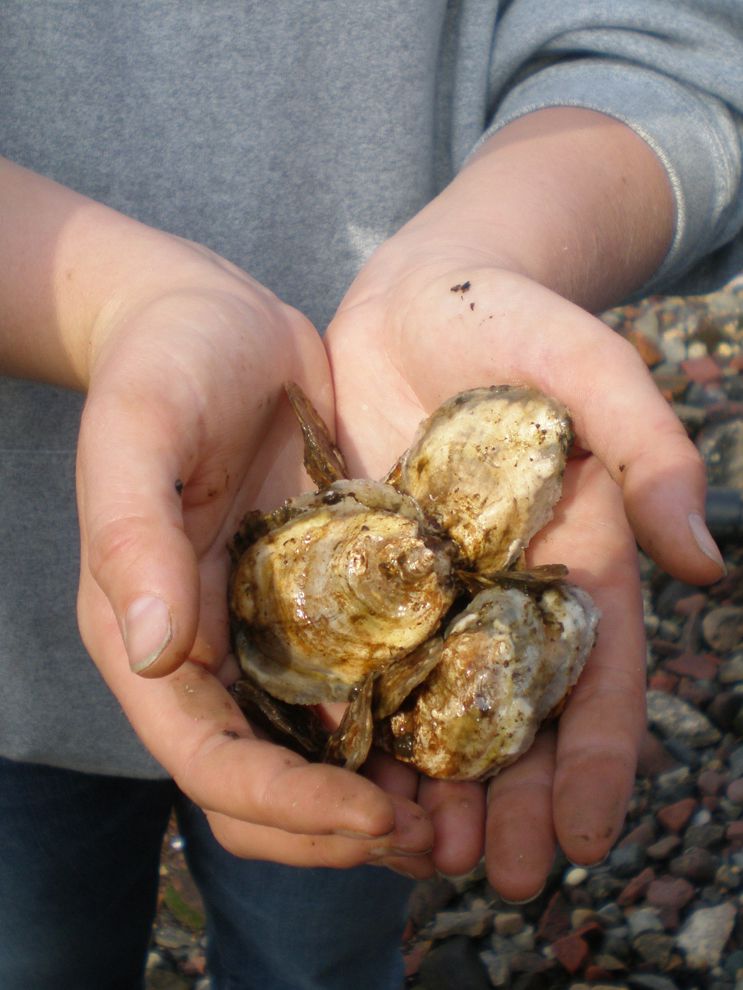

These micronutrients, in combination with calcium, are thought to be key to slowing or even preventing bone loss in older women due to osteoporosis. Oysters are a rich source of vitamin D, copper, zinc, and manganese. Market prices on oysters generally range from $36-$54 per dozen, depending on current selection and availability.Īdvertisements What are the benefits of eating oysters? Though zinc toxicity is most often associated with supplements, eating too many oysters too frequently can lead to negative health effects, such as reduced levels of the minerals copper and iron that zinc competes with for absorption. While this mineral is important for health, consuming too much can be harmful. What happens if you eat a lot of oysters? Because they are so small, Olympia oysters are a fragile variety of oyster and are therefore protected and cultivated for markets and restaurants. Originally native to the West Coast, Olympia oysters are named after Olympia, Washington and were hugely popular during the California Gold Rush. What is oyster spat? “Spat” is what young oysters are called. Oysters are high in omega-3s, which may increase blood flow and aid erectile and testicular function. Spat is the past tense and past participle of spit. This scarcity increased prices, converting them from their original role as working class food to their current status as an expensive delicacy. Oysters popularity has put an ever-increasing demands on wild oyster stocks. How much does it cost to start an oyster farm?Ĭlam, oyster farming start-up cost $60,000 per 1 acre. (Because there’s so much more sperm than eggs, this helps ensure a growing oyster population.) And occasionally they can have both sex organs at the same time. Are oysters male or female?Īlmost all oysters start out their lives as male, but as they grow larger, many of them will switch genders. Sometimes up to hundreds of million eggs. During an oysters spawning season, the young male releases his sperm and the older females release their eggs. Oysters start off as male and then turn to female for the majority of their lifespan. They first mature into males (in about one year), and then change to females after spawning. Members of the genus Ostrea,such as the Olympia oyster, are hermaphroditic–that is, they have both male and female reproductive organs. These devices let the oyster be held above the water part of the time. In it, oysters are suspended near the surface of the water in baskets, bags, trays or cages called oyster condos, racks, Taylor floats or adjustable long-line systems. Many oyster farmers grow their oysters with what’s called an off-bottom system. If you would like to make a donation to SPAT: Print Form or Online Form.1 : material (such as oyster shells) laid down on oyster grounds to furnish points of attachment for the spat. Over 1,000 people have taken part in this program and it continues to grow each year. Our volunteers maintain their own hatchery (the"SPAT Shack"), and nursery. In exchange for a minimal fee, all permits are secured and members may keep their oysters for their personal use. Volunteers and members are offered monthly workshops and provided with shellfish seed and necessary tools and supplies to grow their shellfish gardens either at their own waterfront or in the SPAT community garden. Reach an adult size when they release their spawn into local creeks and Grow minuscule shellfish (oyster, Crassostrea virginica) - in containment, away from predators, until they To augment the limited staff of the Cornell Marine Program, volunteers The SPAT program was created to encourage community members to become stewards of their environment and to restore shellfish to the bays. "Spat" is the word for the tiniest form of shellfish that has settled onto the place where it will live out its life. SPAT starts up in late spring and runs until about Thanksgiving time, when you can winterize your oysters. Our facility is closed on the weekends and holidays. SPAT does not operate on other days/times. Our hours of operation are Monday, Wednesday, and Friday mornings between 8 a.m. SPAT operates from the SCMELC (Suffolk County Marine Environmental Learning Center) at 3690 Cedar Beach Road, Southold, NY 11971. Share on Facebook Share on Twitter Share on LinkedIn Share on Pinterest> SPAT Program


 0 kommentar(er)
0 kommentar(er)
